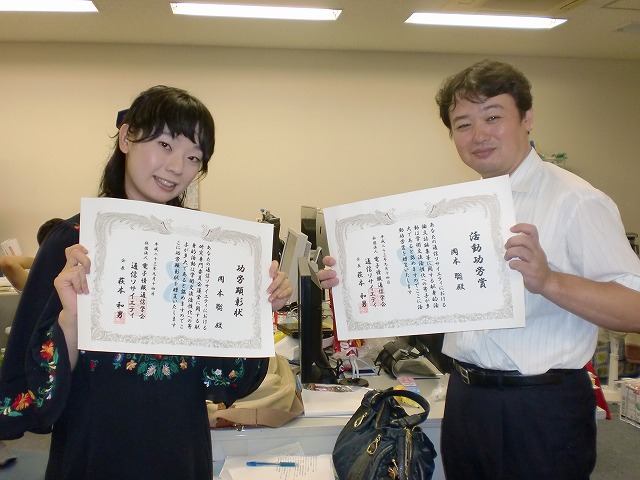EpiPhotonics, with which we have researched, developed of new low-loss electro-optic (Pb,LA)(ZrTi)O3 (PLZT) waveguides for nanosecond-speed optical switching.
The loss figures for the newly developed buried PLZT waveguide reached “below 1 dB/cm” against the previous PLZT waveguides. Since the PLZT waveguide size is only in the range from 1 cm to 2 cm, now PLZT switches have very competitive loss figures when compared to other available options. Minimum fiber to fiber insertion losses are 4 dB for a 1×8 switch and 5 dB for a 4×4 switch, for example.
EpiPhotonics will exhibit newly developed PLZT optics switches at Photonics West 2012 in San Francisco and OFC/NFOEC 2012 in Los Angeles.
• EpiPhotonics, Press Release, “EpiPhotonics developed low-loss PLZT waveguide for scalable high-speed optical switches”
• Lightwave News: EpiPhotonics touts PLZT waveguide for scalable high-speed optical switches


